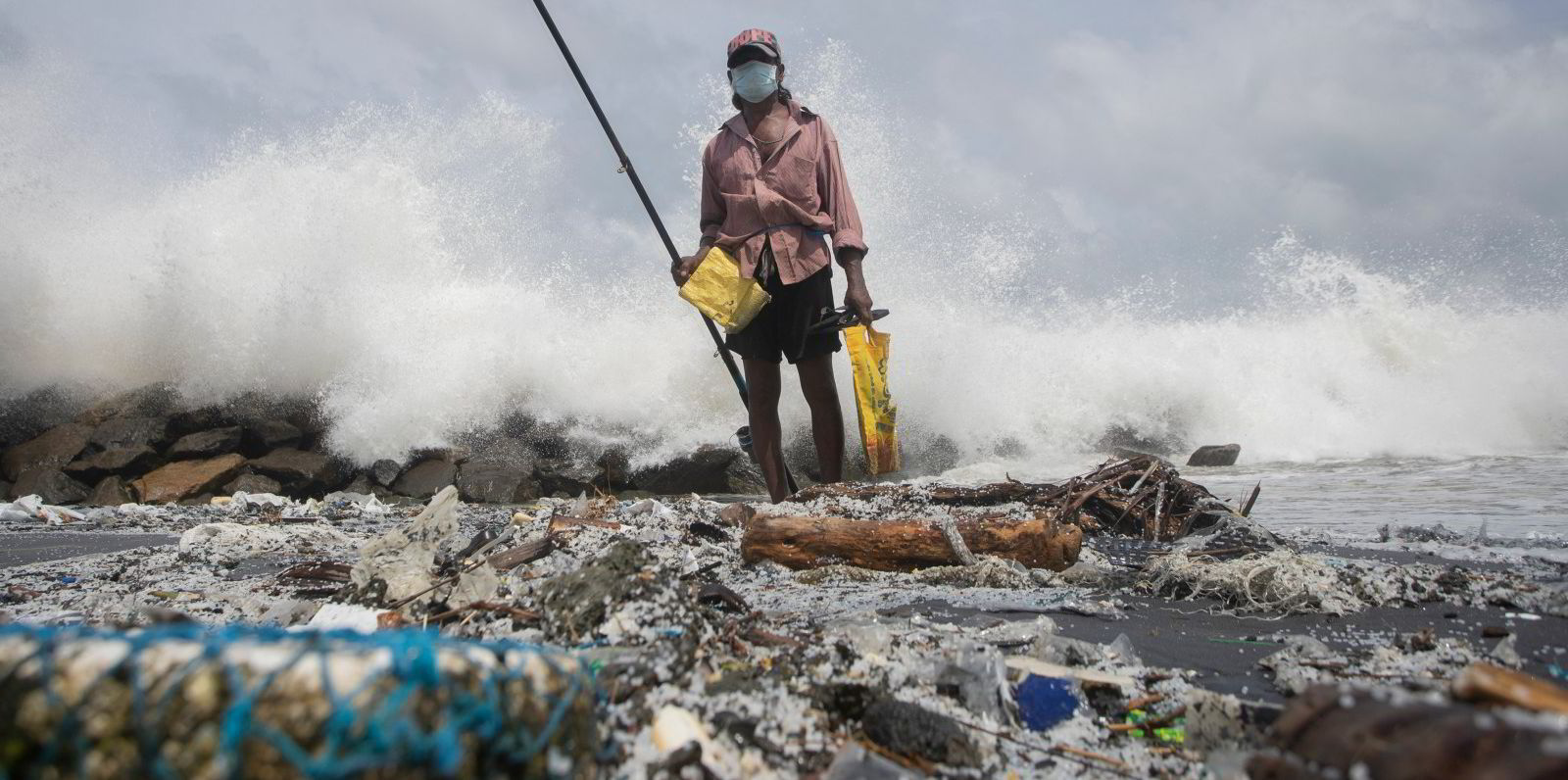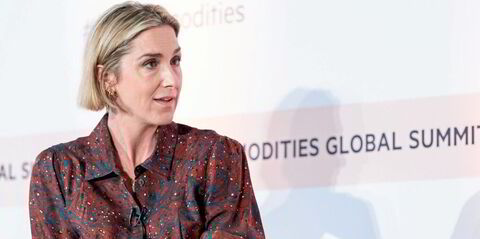In Brevik, Norway, Norcem is planning to start operations next year on a facility that will capture carbon from the company’s cement plant.
It is one of two large projects in Europe that is aiming to tackle greenhouse gas emissions by using carbon capture technology, a solution that is expected to grow in the years ahead.
But once the Heidelberg Cement subsidiary snatches the CO2 from the plant before it is pumped into the atmosphere, what will it do with all that carbon?

As part of Norway’s Longship programme, the plan is to deliver the carbon to the Northern Lights project, which is developing the world’s first open-source infrastructure network to move CO2 by ship, and then deliver it to storage at the bottom of the sea.
Northern Lights, which is working with Japanese shipping giant K Line, has ordered two vessels that will be the world’s first purpose-built liquefied CO2 carriers. But as my colleague Lucy Hine reported in TradeWinds, it is also aiming to order more.
Seeing the potential for global demand for carbon capture and storage (CCS), shipping companies are eager to get into this nascent business that could see significant growth.
Baris Dolek, the CO2 shipping commercial manager at Northern Lights, told the Green Seas podcast that his company has been talking to potential industrial customers in north-west Europe for years.
“We see significant demand,” he said. “We have no doubts that CO2 shipping in north-west Europe will be significant. Significant flows need to happen.”
Holding value
Shipowners interested in getting into this business, he said, should not fear that newly ordered vessels will see a slump in value in the future.
“This market has to grow to 2070 and plateau around that date, maybe even later, for us to reach climate targets. So there is significant runway, significant lifetime in these ships and the market will grow,” he said.

Phase 1 of Northern Lights will start up next year and will have capacity to move 1.5m tonnes of the cargo annually. But the company is looking to take a final investment decision on the next phase, which will lift total annual capacity to 5.2m tonnes per annum.
Dolek said the final build-out would require Northern Lights to need about 10 ships of between 7,500 cbm and 12,000 cbm.
Smaller ships
When compared to other shipping sectors, those are small vessels.
But in north-west Europe, which is poised to become the world’s first carbon shipping market, he said that is just the size for the task. Distances are short, and the liquefied CO2 is stored at pressure that makes it a dense cargo, so small ships can carry a lot of carbon.
But other markets are expected to develop — including in the Mediterranean and Asia.
And new CCS opportunities could lead to the need for longer distances and greater scale.
Moving carbon at a larger scale is key to the plans of EcoLog, a venture launched by Greek shipowner Peter Livanos.
The outfit wants to build CO2 terminals and a fleet of 60 larger ships in the range of 20,000 cbm to 85,000 cbm in capacity, carrying the cargoes at lower pressure than Northern Lights’ smaller ships.
EcoLog chief commercial officer Jasper Heikens said the carbon capture supply chain involves well-known technologies, although it has to be scaled up.
“But there are not many real technological hurdles that need to be solved or invented for this to happen,” he said. “And that, in our view, is the beauty of it. Because the urgency to decarbonise, for society, is so high that, in our view, we need to do everything,” he said.
Do whatever we can
“We just need to do whatever we can all the routes at the same time. And CCS can be done at a very large scale.”
Northern Lights is backed by energy giants Equinor, Shell and TotalEnergies, which are building a transportation network to link their carbon storage position to upstream emitting industries.
EcoLog is coming to CO2 shipping from a different perspective.

The company is starting in the midstream part of the chain, leveraging Livanos’ background in industrial shipping and terminals, taking the view that if the technology is proven, why not start with more scale?
“Why can we just not try and go big from day one?” said Heikens. “The volumes are there, so why can we not build a 5m tonne export terminal and move 5m tonnes on ships to a [carbon] store within a short period of time.”
But no one is going to build a carbon carrier on speculation, so EcoLog first needs to lock in a customer before it starts building its first terminal and then its first ships.
With shipping companies keen to get in on the CO2 shipping game, what is keeping potential customers from signing up today?
Heikens said that right now, carbon capture is one of many potential options that a business might consider to, for example, decarbonise a natural-gas fired power plant. They could choose to switch to a cleaner fuel or shut down the plant to invest in something greener.
But the European Union is planning to reduce carbon credits available in the trading bloc’s Emissions Trading System (ETS).
“So simple supply and demand will allow prices to rise, and the incentive … to decarbonise becomes more real,” he said.
“At the moment, maybe the cost is slightly above the ETS price for certain industries. For some industries, it is way above the ETS price. But at one point, those two will merge, of course, and then flip, and then I think you’ll see it really start to accelerate the urgency to decarbonise.”




